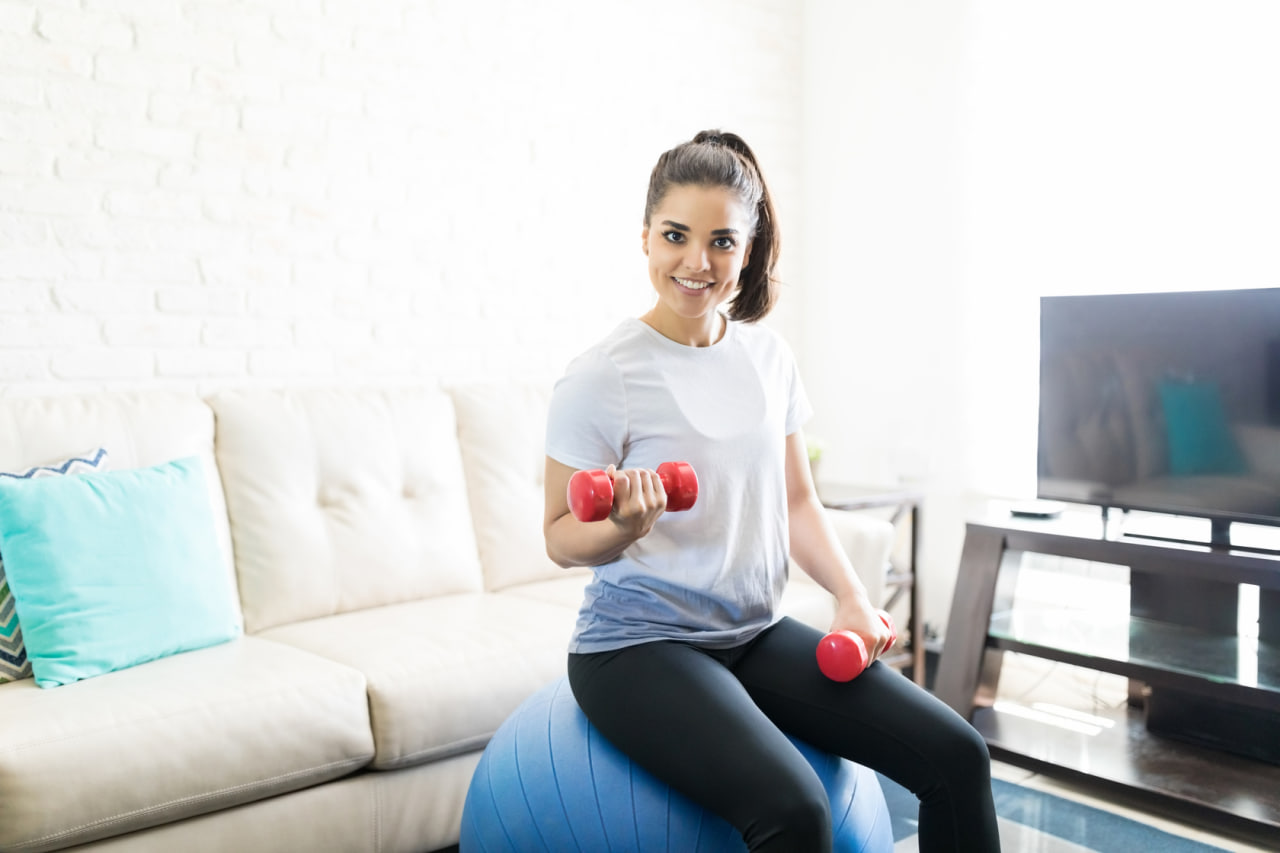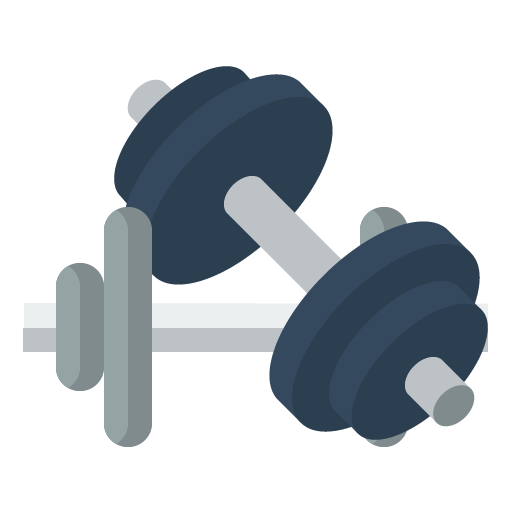Home Fitness Equipment Essentials and Alternatives

The Benefits of Exercising at Home
Home workouts have become increasingly popular due to their convenience, flexibility, and accessibility. Exercising at home allows individuals to fit fitness into busy schedules without the need for commuting or gym memberships. While some people prefer bodyweight routines, incorporating basic fitness equipment can significantly enhance the effectiveness of workouts by adding resistance, variety, and challenge.
Understanding the essential equipment and exploring creative alternatives helps make home fitness both practical and affordable. With the right tools, even small spaces can accommodate a complete and balanced workout routine.
Essential Home Fitness Equipment
Certain pieces of equipment are highly versatile and provide a solid foundation for strength, cardio, and mobility exercises. Investing in these essentials allows for a wide range of workouts without overcrowding your home.
1. Dumbbells — Dumbbells are among the most versatile pieces of equipment for strength training. They allow for isolated movements like bicep curls and compound exercises like goblet squats or shoulder presses. Adjustable dumbbells save space and accommodate progressive resistance.
2. Resistance Bands — Resistance bands are lightweight, portable, and perfect for strength, mobility, and stretching exercises. They provide variable resistance and can be used for squats, rows, glute bridges, and shoulder exercises. Bands are ideal for beginners and experienced athletes alike.
3. Yoga Mat — A quality yoga mat is essential for floor exercises, stretching, core workouts, and yoga practice. It provides cushioning and grip, making exercises safer and more comfortable. Mats also create a defined workout space at home.
4. Stability Ball — Stability balls improve core strength, balance, and flexibility. They can be used for exercises such as planks, bridges, push-ups, and seated stretches. A stability ball also adds a dynamic element to traditional bodyweight exercises.
5. Jump Rope — Jump ropes are excellent for cardiovascular fitness, coordination, and agility. They are compact, inexpensive, and effective for short, high-intensity cardio sessions.
6. Kettlebells — Kettlebells are versatile for strength and functional training. Swings, squats, and presses using a kettlebell enhance power, endurance, and stability. Even a single kettlebell can be used in multiple exercises for a full-body workout.
Creative Alternatives to Traditional Equipment
Not everyone has the space or budget for fitness equipment. Many household items can serve as effective alternatives, allowing individuals to perform similar exercises without investing in gear.
1. Water Bottles or Cans as Dumbbells — Filled water bottles or canned goods can replace light dumbbells for resistance exercises like bicep curls or shoulder presses. Adjusting the weight is as simple as increasing the amount of liquid or using larger containers.
2. Towels for Resistance and Stretching — Towels can be used for assisted stretches, sliding exercises, or resistance in seated rows. A towel wrapped around the feet can help with hamstring stretches or engage muscles during resistance movements.
3. Chairs for Support and Strength — A sturdy chair can be used for tricep dips, step-ups, or modified push-ups. Chairs also provide stability during balance exercises and can replace benches for certain strength movements.
4. Backpack or Bag with Weights — Filling a backpack with books or household items creates a makeshift weighted vest for squats, lunges, or step-ups. This adds intensity to bodyweight exercises and can be adjusted by adding or removing weight.
5. Stairs for Cardio — Staircases offer an effective alternative for cardio and lower-body strength. Running or walking up and down stairs, performing step-ups, or using them for plyometric exercises provides a high-intensity workout without additional equipment.
Combining Equipment and Alternatives for Versatility
The most effective home workouts combine essential equipment with creative alternatives. For example, resistance bands can be paired with bodyweight exercises for added intensity, while a backpack can add resistance to squats or lunges. Stability balls and yoga mats can enhance core workouts and stretching routines.
By mixing traditional and improvised tools, workouts remain varied, challenging, and engaging. This versatility prevents boredom and ensures continued progress in strength, endurance, and flexibility.
Safety and Proper Use of Home Equipment
Using equipment correctly is crucial to avoid injury and maximize results. Focus on proper form, controlled movements, and gradual progression. Start with lighter weights or lower resistance and increase intensity over time as strength and confidence improve.
Regularly inspect homemade alternatives like backpacks or water bottles to ensure stability and safety during exercises. Using supportive surfaces, such as yoga mats, prevents slips and protects joints. Creating a designated workout area at home reduces distractions and promotes consistency.
Planning Effective Home Workouts
When designing home workouts, it’s important to include a combination of strength, cardio, and mobility exercises. Equipment like dumbbells, kettlebells, and resistance bands target muscles, while jump ropes and stairs improve cardiovascular fitness. Stability balls and yoga mats enhance core strength and flexibility.
Incorporating short circuits, HIIT sessions, or traditional strength routines ensures balanced development. Even without full gym setups, well-planned exercises using essential tools and creative alternatives can provide a complete, challenging, and rewarding workout experience.
Making Home Fitness Sustainable
Consistency and accessibility are key to sustainable home fitness. Investing in a few versatile tools or using household items creatively reduces barriers to exercise. By creating a dedicated workout space, planning routines, and varying exercises, home fitness becomes a practical, enjoyable, and long-term habit.
